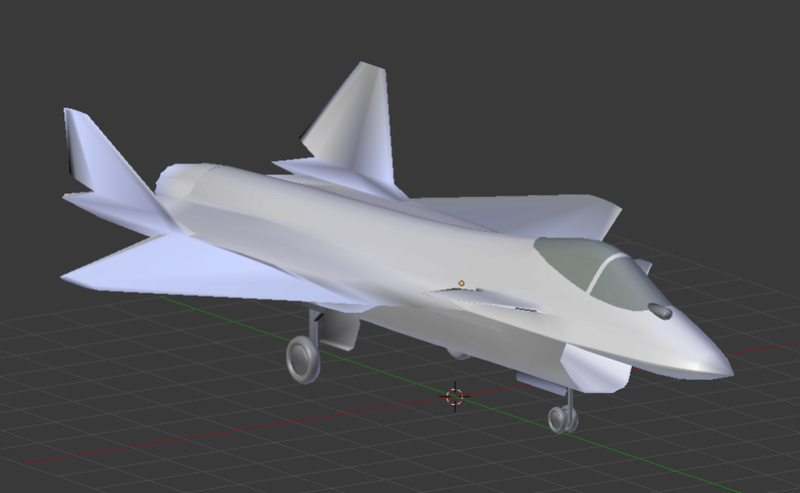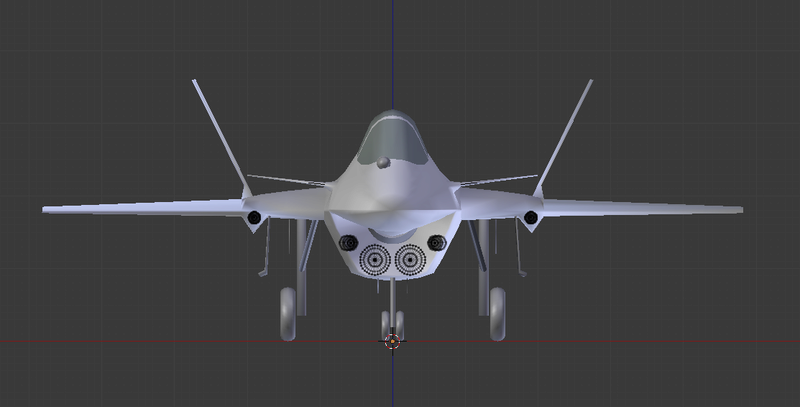Agree your reasoning regarding UAVs, but I guess the question is, when a machine can independently perform the tasks of a human with enough efficiency, flexibility and reliability to let it tackle a mission without a man in the loop?
Artificial software can make complex strategies and solve problems rapidly, but even with a limit to the number of options like Chess they are fantastic, but in the real world where the actual practical options and choices are infinite it becomes a little more gray.
Do you really want an AI fighter plane armed with weapons optimised for shooting things down to operate in any airspace?
Probably only thing missing now is training the machines, little more than that. Policies of military are another issue...
You need to train them to be humans first before you train them to be pilots... autopilots are just not good enough...
The other problem is how human do you make them?
Would an AI pilot kill people obviously at a wedding in Yemen just because the Saudis want to create chaos in that area and it was given orders to do so?
Would an AI pilot trained to follow orders no matter what kill your own men accidentally... just because they had their orders... they recognised the targets were friendly but it had its orders...
Way too many ethical issues... especially for the US because it doesn't have to just make it ethical, but special ethical where american lives matter and no one elses does... not as easy to programme as it sounds...
Even when I am all for the 5th gen light Russian fighter, costs come again as a most pressing issue limiting your proposal. Your reasoning is again true but: do you think this project will be undertaken or not? For this to happen, the cost advantage of the plane (procurement + operation) times the amount of units produced + net export profit - cost development must be bigger than zero when compared to existing heavy fighters. Since the Russian air force is not that big and cannot count on many orders by means of political influence the project risk is quite big IMHO...
Depends how things go.
Over the next two to three decades we will see how successful Russia is at finding new trade partners... many of the new ones will grow with Russia and become developed and capable on their own.
These new allies will want to buy products with no strings attached like the ones from the west, so having an advanced fighter that is cheaper to operate than an Su-57, yet offers capabilities to make it a very useful little aircraft should make it a good seller.
If the EU does not stay together and Italy wants a change, along with a few other unhappy EU countries then they might not want F-35s anymore... but all western competition to the F-35 was killed... Italy might like to join MiG and design a new 5th gen fighter themselves based on the Russian light fighter in the same way the Indians developed the Su-30MKI from the Su-30MK.
Making it carrier capable will only broaden its appeal for domestic and export use...
GarryB: Because of these facts (2 planes are better than one) i think that Russia will buy a few MiG-35´s in the next years. All big air forces (Amiland, China, India) got a mix of heavy and light planes, Russia will not be the exception.
I totally agree, but I think the Russians will keep their non stealthy fighters too, so the Su-57 will be in service, but so will the Su-35 and MiG-35... simply because not every problem needs stealth, or a big plane.
Regarding UCAV´s as fighters, that concept is feasible, even today. Think of them as flying air defence systems. Instead of sitting on the ground, your radar and launcher are in the air.
In this age of internal weapons, I see UCAVs as a tank towing a trailer with extra ammo on it... except no one has to get out of the plane to reload... it could cruise at medium altitude above the fighter, and when the fighter finds a target it can launch missiles from the UCAV flying above... the altitude and speed should maximise the reach of the missile... in fact before launch the UCAV could accelerate up in a zoom climb to maximise the range of the missile... when it is out of missiles it can return to base and rearm... and the fighter can use its own missiles or direct nearby S-400 and S-500 battery missiles to targets it is tracking...
How big are the expected savings derived from using a light fighter instead a heavy one?
In big open areas like Siberia where it is a long way between airstrips then big long range fighters make sense... in more densely populated areas however where there are plenty of airfields having more smaller aircraft makes more sense in terms of defence coverage.
Savings are pretty substantial if light plane is single-engine one.
MiG-35 is not.
That is bullshit. An F-16 is no cheaper to operate than a modern MiG-29.
Agree on the single engine issue, but do you have a figure or an estimation of those substantial savings? Also don't expect MiG-35 to be much cheaper to procure or operate than a heavy fighter.
So that would mean the most expensive to operate aircraft would be the B-52 and not any of their new stealth aircraft... I mean it has 8 engines afterall.
for some strange reasons nobody didnt do it yet. Technology for remote control exists already for some time. There must be the reason isnt it?
Maybe no one wants to have their home defences operated manually via remote control because that would likely make it too easy to jam, or worse take over.
There are barely autonomous vehicles driving with low speeds on regular roads but with a plane fighting with 15g and flying 3-5Ma there is difference. Not to mention to manage a group of thereof .
Not to mention the ethics... what happens when an automatically driven car leaves the road to avoid a collision with a truck that would likely be fatal to the passengers of the car but ends up hitting and killing pedestrians... who takes responsibility? Who gets sued? (the one with the biggest wallets of course, but who would likely be found to be guilty...)










